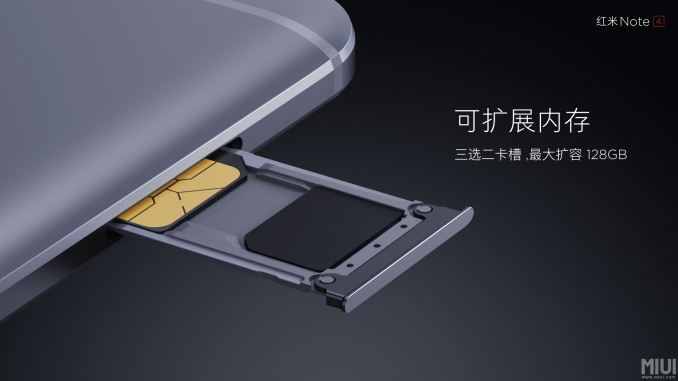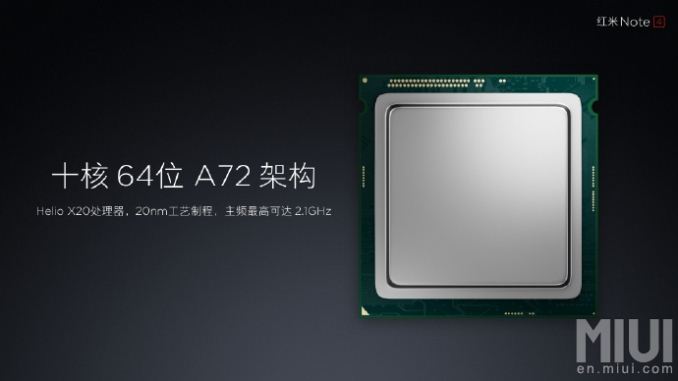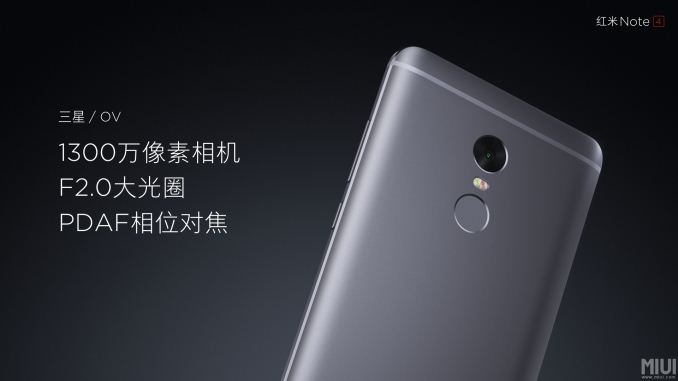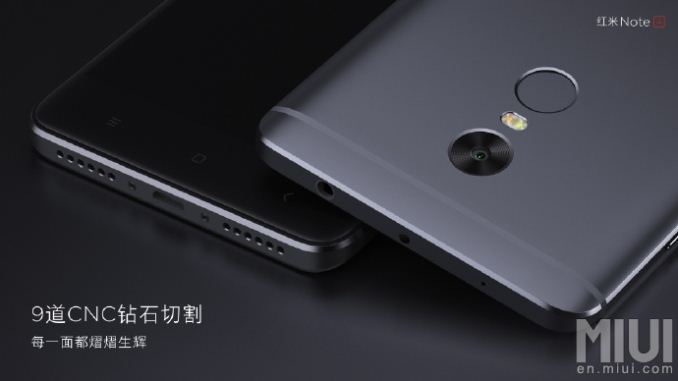Learn how to jump-start your mix by quickly EQing and compressing the master buss. This will give you a rough-and-ready idea of how your final mix will sound and will help you when you then mix each individual channel. Watch the full course: https://waves.com/start-mixing
TANTSUI – The Heart (Live)
Beatport: http://btprt.dj/1M3ezYbiTunes: http://apple.co/1OtjybkFB: https://www.facebook.com/kindischmusicTANTSUI are happy to show you a video from their new live show, they have been working on for the past year. This show includes fresh tunes as well as older tracks, that received a new treatment. The Heart was released on Kindisch in 2015.
 Di fronte alla immensa sciagura che ha nuovamente colpito l’Italia per lo scatenarsi di forze naturali amplificate dall’incuria umana, qual’è stato il terremoto che ha colpito l’Italia centrale ed in particolare i Comuni di Amatrice, Accumoli, Pescara del Tronto e le loro innumerevoli frazioni, nel dolore e nella costernazione si rimane colpiti dalla gara di solidiarietà spontaneamente partita in tutta Italia da parte di tutti, in primis dalla Protezione Civile, i Vigili del Fuoco, le Forze del comparto Sicurezza, Polizia, Carabinieri, Guardia di Finanza, Guardia Forestale, dalle Organizzazioni di Volontariato e dai semplici cittadini. Senza dimenticare i vigili urbani, il personale dei Comuni, nonchè le operarici e gli operatori, medici, infermieri, tecnici, sanitari dei territori devastati. Un concorso corale.
Di fronte alla immensa sciagura che ha nuovamente colpito l’Italia per lo scatenarsi di forze naturali amplificate dall’incuria umana, qual’è stato il terremoto che ha colpito l’Italia centrale ed in particolare i Comuni di Amatrice, Accumoli, Pescara del Tronto e le loro innumerevoli frazioni, nel dolore e nella costernazione si rimane colpiti dalla gara di solidiarietà spontaneamente partita in tutta Italia da parte di tutti, in primis dalla Protezione Civile, i Vigili del Fuoco, le Forze del comparto Sicurezza, Polizia, Carabinieri, Guardia di Finanza, Guardia Forestale, dalle Organizzazioni di Volontariato e dai semplici cittadini. Senza dimenticare i vigili urbani, il personale dei Comuni, nonchè le operarici e gli operatori, medici, infermieri, tecnici, sanitari dei territori devastati. Un concorso corale.
Sono già partite le varie raccolte di fondi cui tutti già stanno rispondendo con slancio, buttandosi dietro le spalle cattivi retropensieri quanto meno di sperpero, alimentati da precedenti esperienze.
Per un attimo dimentichiamo contrapposizioni e polemiche e prendiamo atto che questa è una faccia positiva del nostro paese. Abbiamo le migliori persone del mondo ed anche, una delle migliori, se non la migliore Protezione Civile.
E meno male, se si può usare in questo contesto, questa espressione, perchè lo scenario futuro dei terremotati poteva esseree ancora più triste.
Non poco tempo fa, pochi lo ricordano, fu sventato l’ennesimo tentativo di privatizzazione di un altro pezzo del welfare italiano come si sta facendo con la sanità e la previdenza. Tentativo che se fosse passato, al danno avrebbe unito la beffa.
Infatti l’articolo 2 del decreto legge 15 maggio 2012, n. 59 dell’allora Governo Monti, prevedeva la “Copertura assicurativa su base volontaria contro i rischi di danni derivanti da calamità naturali“.
Il D.L. al comma uno così recitava:
“1. Al fine di consentire l’avvio di un regime assicurativo per la copertura dei rischi derivanti da calamita’ naturali sui fabbricati, a qualunque uso destinati, ed al fine di garantire adeguati, tempestivi ed uniformi livelli di soddisfacimento delle esigenze di riparazione e ricostruzione di beni immobili privati destinati ad uso abitativo, danneggiati o distrutti da calamita’ naturali, possono essere estese ai rischi derivanti da calamita’ naturali le polizze assicurative contro qualsiasi tipo di danno a fabbricati di proprieta’ di privati. Per favorire altresi’ la diffusione di apposite coperture assicurative contro i rischi di danni derivanti da calamita’ naturali, i premi relativi all’assicurazione per danni, per la quota relativa alle calamita’ naturali, ovvero relativi a contratti di assicurazione appositamente stipulati a copertura dei rischi di danni diretti da calamita’ naturali ai fabbricati di proprieta’ di privati a qualunque uso destinati, sono disciplinati con il regolamento di cui al comma 2.
2. Con regolamento emanato ……anche sulla base dei seguenti criteri:
a) estensione della copertura assicurativa del rischio calamita’ naturali nelle polizze che garantiscono i fabbricati privati contro qualsiasi danno;
b) esclusione, anche parziale, dell’intervento statale per i danni subiti da fabbricati;
……….”
Fortunatamente il Parlamento, nel convertire il decreto, con la legge di conversione n. 100/2012, ebbe la bontà e la lungimiranza di cancellare completamente questo famigerato articolo 2, così il premier ha potuto stanziare immediatamente i primi 50 milioni di euro, cosa, che se il decreto fosse passato nella versione originale, probabilmente non avrebbe potuto fare. Tutto sarebbe stato affidato alla carità privata, che è immensa, ma sicuramente insufficiente.
Se lo scopo del provvedimento era quello di risparmiare risorse a carico dello Stato, non esiste che una sola via, quella della prevenzione. Prevenzione puntualmente affermata all’indomani del verificarsi delle calamità naturali , di cui ci si dimentica la settimana successiva presi da altre incombenze. Senza andare a citare per l’ennesima volta il Giappone, paese che come noi convive con i terremoti, questa volta cerchiamo di fare qualcosa di concreto ed immediato.
Camillo Linguella.
VN:F [1.9.20_1166]
VN:F [1.9.20_1166]
Autore: Finanza.com Blog Network Posts

While we normally don’t cover China-only smartphone releases, Xiaomi is a fairly major player as far as volume as they were one of the first companies in the industry to ship high-end hardware for mid-range prices. We also tend to see that these devices eventually filter out to a more global launch, which The Xiaomi Redmi line has been a solid success pretty much anywhere it shipped, and today Xiaomi launched an update to their Redmi Note line, the Redmi Note 4.
At a high level the Redmi Note 4 is shipping with fairly aggressive specs for the price, which starts at 135 USD for the model with 2GB of RAM and 16GB of internal storage, and 180 USD for the model with 3GB of RAM and 64GB of internal storage.
There’s also a micoSD slot so the 16GB internal storage isn’t necessarily the end of the world.
All SKUs ship with MediaTek’s Helio X20 SoC, but instead of a 2.5 GHz Cortex A72 at the high end it looks like Xiaomi is shipping a 2.1 GHz variant which could either be downclocked deliberately to reduce peak power consumption or a cost saving measure. To try and push for as much battery life as possible, Xiaomi has also shipped a 15.7 WHr battery in this device or 4100 mAh which is probably partially to offset the use of an SoC on a planar 20nm process, and also because most of the people buying phablets are likely doing so due to the battery life benefits. This battery is charged through conventional quick charge at 10W, so charge time may be a bit on the long side but I wouldn’t be surprised if this is a move to improve battery longevity and meet the fairly tight cost target.
The display is a 5.5 inch 1080p unit with a claimed maximum brightness of 450 nits, contrast ratio of 1000:1, and sunlight display technology similar to Apical’s Assertive Display which dramatically improves outdoor visibility beyond what you might expect from a display of that brightness. There’s a mention of 72% NTSC gamut which leads me to believe that this is targeting sRGB fairly well depending upon display settings similar to the Mi Note and Mi Note Pro.
The rear camera is a 13MP unit with PDAF and the front facing camera is a 5MP sensor. Both have an f/2.0 aperture but I don’t really see any mentions of the supplier of the module or sensor here. I suspect that this is going to be a Samsung ISOCELL sensor or something similar on the rear but absent actual data this is just a wild guess.
As far as connectivity goes 802.11a/b/g/n/ac, WiFi Direct, and Bluetooth 4.2 are supported. There’s no explicit discussion of NFC connectivity but seeing as how Mi Pay and AliPay is supported as an NFC-based mobile payments service the Redmi Note 4 should support NFC. For cellular connectivity LTE category 6 and VoLTE are supported, and looking at Xiaomi’s page it looks like GSM bands 2/3/8, WCDMA bands 1/2/5/8, TD-SCDMA bands 34/39, FDD-LTE bands 1/3/5/7/8, and TD-LTE bands 38/39/40/41 are supported for this specific variant. There’s also a mention of support for CDMA2000/1X BC0 which is interesting to see. Dual SIM is supported but when using two SIMs it isn’t possible to use microSD. GPS, GLONASS, and Beidou are supported as GNSS constellations, and there’s an IR port, gyro, accelerometers, proximity sensors, ambient light sensor for auto brightness, and a magnetic hall sensor for things like flip covers. All of this is packaged into a phone that is 151x76x8.35mm and weighs 175 grams, which is actually fairly impressive considering its size, the aluminum unibody, and 15.7 WHr battery. The only real spec out of place at a high level is the lack of USB-C reversible connector, but microUSB is acceptable given the price.
Putting aside the specs, this is actually looking to be a fairly promising phone. We can talk about whether Xiaomi is copying Apple or not, but the Redmi Note 4 seems to have a fairly unique design due to its rear camera placement and the use of a large circular lens somewhat reminiscent of HTC designs, but combines with a dual color LED mounted just below the camera and a fingerprint scanner that appears to be identical in shape to the camera lens between the two. The design of the Redmi Note 4 looks great considering the price, and there’s some irony in that for all of the marketing bluster surrounding the Note7’s symmetrical design, the Redmi Note 4 has visibly better overall ID detailing and overall symmetry. The use of the 2.5D glass, chamfered edges, and slightly curved back should also make for solid ergonomics while allowing for things like tempered glass screen protectors. The fingerprint scanner also is said to be one that allows for learning such that it extends the map of your fingerprints over time to allow for faster, more reliable use. MIUI 8 also has some interesting new features such as the ability to enter either a standard or private user mode depending upon the password/PIN/pattern you enter similar to a KNOX secure folder.
Overall, the Redmi Note 4 from a distance looks to be a fairly impressive phone. It wasn’t all that long ago that things like aluminum unibody design, fast-focusing rear cameras, high quality, high density displays, and fingerprint scanners were impossible to find in a single package for a phone under 200 USD, and Xiaomi has managed to ship a phone with all of these things. It’ll be interesting to see how they manage the transition for the Redmi Note 4 to a global audience, which would likely mean a Qualcomm SoC and new RF front-end, but it’ll be interesting to see all the same. The Xiaomi Redmi Note 4 will be available in China in silver, gold, and gray, and the 2/16GB variant will retail for 899 RMB or 135 USD, and the 3/64GB variant for 1199 RMB or 180 USD.
Autore: AnandTech
Nelle scorse ore abbiamo scoperto che, con il rilascio di iOS 9.3.4, Apple ha chiuso definitivamente le porte alla possibilità di effettuare un downgrade alle versione 9.3.3, 9.3.2 o inferiori. Si tratta di una notizia che lascerà indifferenti molti ma delusi alcuni, ovvero coloro che desiderano effettuare il jailbreak sul proprio iPhone, iPod Touch o iPad.
Ad essi infatti consigliamo di non aggiornare ad iOS 9.3.4 nel caso in cui non lo avessero già fatto (altrimenti, non c’è niente da fare), altrimenti non potrebbero più usufruire del jailbreak. Infatti, fino a questo momento, non è stato trovato un modo per ottenere, in maniera semplice (attraverso il software del Pangu Team ad esempio), il jailbreak su iOS 9.3.4. Certo, lo sviluppatore Luca Todesco lo ha mostrato ma non ha voluto svelare come ci è riuscito.
Ovviamente se non siete interessati a questa mod il nostro consiglio è di aggiornare assolutamente, soprattutto se possedete un iPad Pro. Con iOS 9.3.4 infatti vengono chiuse tutte le falle di sicurezza.
Ad ogni modo, prima di lasciarvi, vi vogliamo ricordare che l’esordio di iOS 10 è legato alla presentazione dei nuovi iPhone. Essi dovrebbero vedere la luce già dal prossimo 7 Settembre mentre i pre-ordini dovrebbero incominciare il 9 Settembre e la commercializzazione ufficiale dovrebbe prendere il via il 23 Settembre.
Autore: Agemobile









